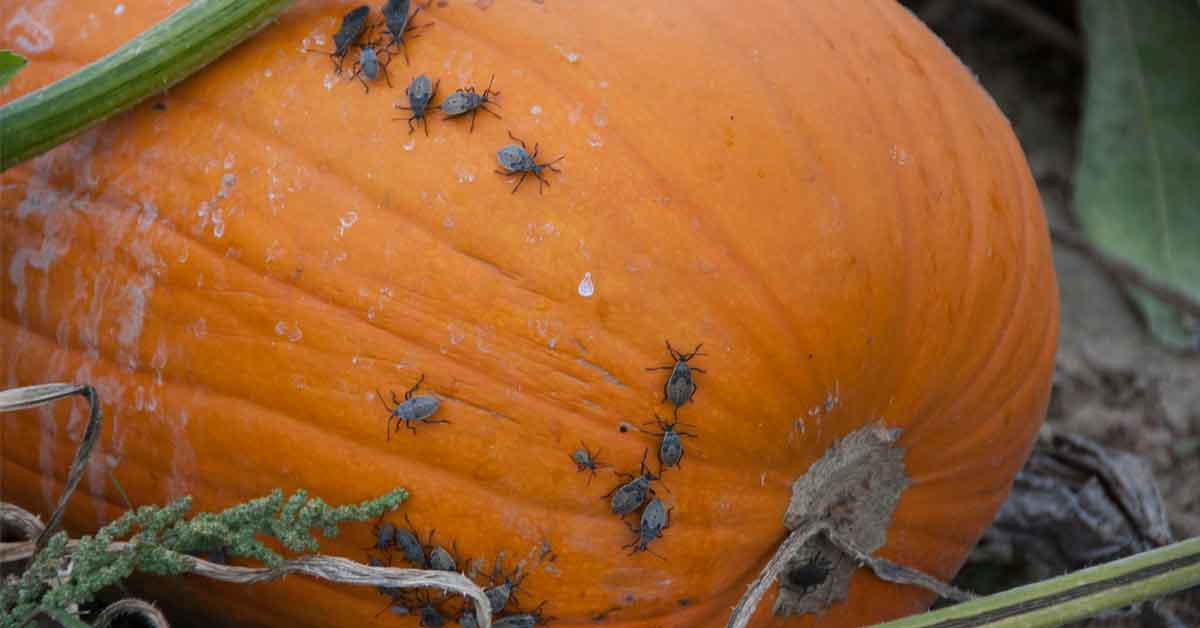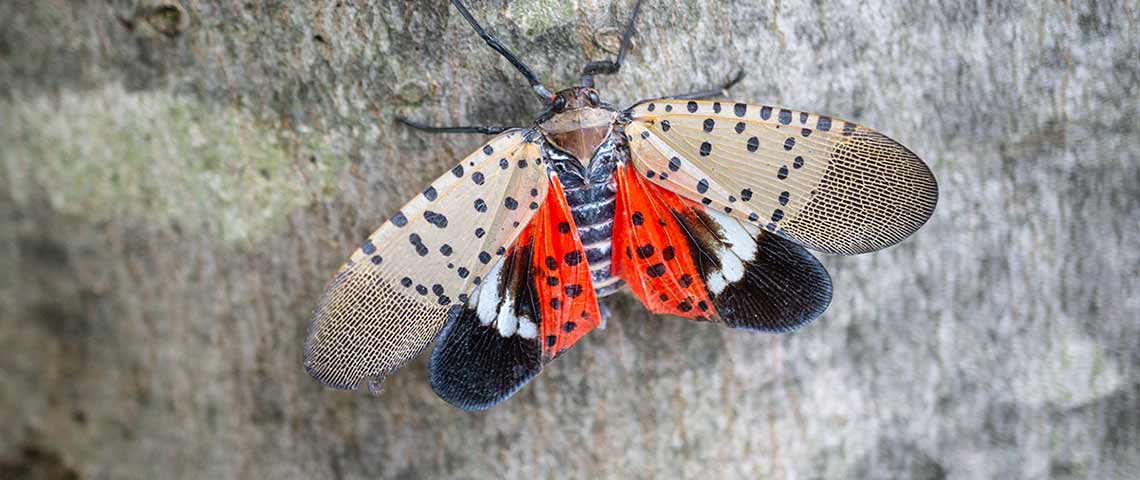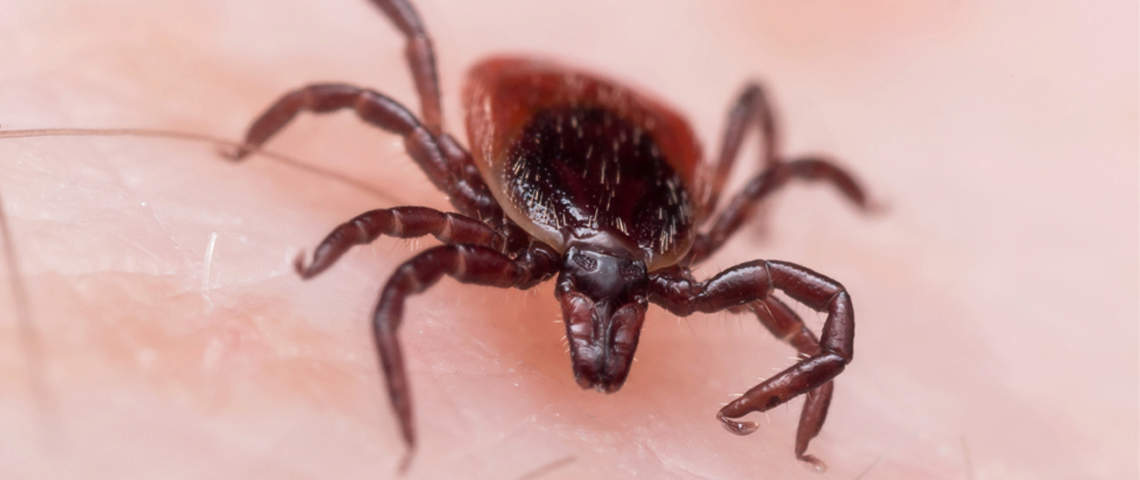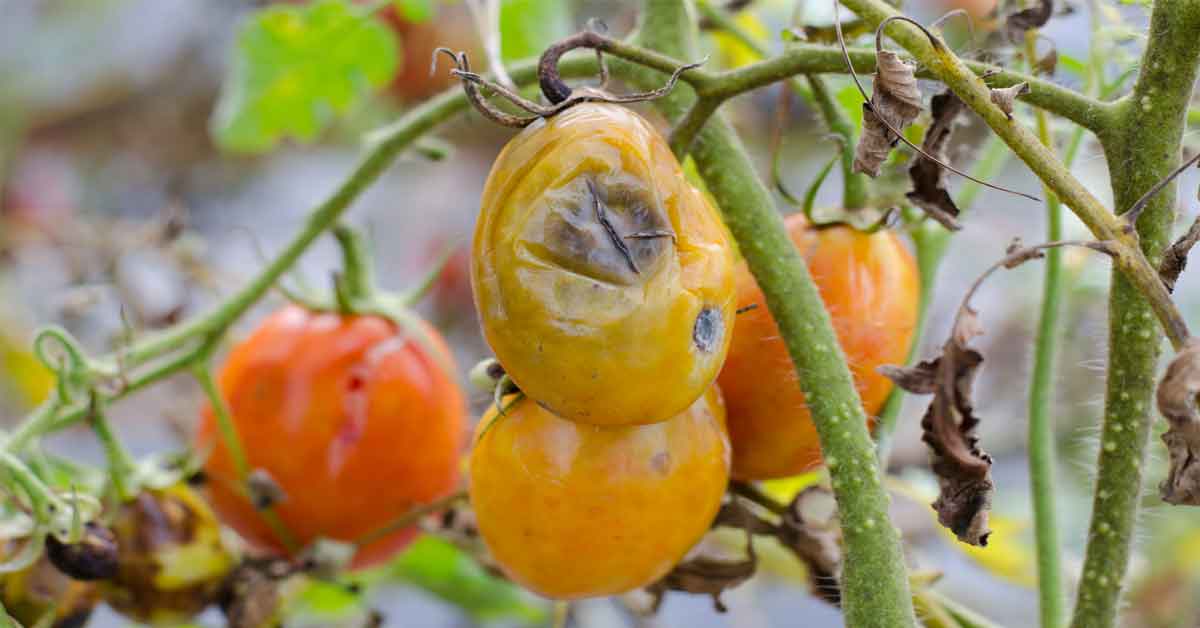How to Control and Prevent Squash Bugs in Your Garden
If you have cucurbit vegetables such as pumpkins or summer and winter squash on your gardening list, you can expect squash bugs to find their way to your garden. These common pests can do an enormous amount of damage to winter squash and pumpkins in particular, but they may strike related cucurbits such as melons and cucumbers. By understanding these squash bug basics before problems arise, you can keep squash bugs from stealing your cucurbit crop:
- Squash Bug Life Cycle
- Squash Bug Damage
- Cultural Controls for Squash Bugs
- Effective Squash Bug Control Products
Squash Bug Life Cycle
Adult squash bugs are dark gray-brown and measure about 5/8 inch long. In some adults, gold and brown spots alternate along the edge of the abdomen. Their shield-like shape often gets them mistaken for broader-shaped stink bugs, but squash bugs only damage cucurbits. Stink bugs are much less particular. Adult squash bugs typically live up to 130 days, and two generations per season are common. Adults lay very distinctive shiny, copper-colored eggs beginning in late spring or early summer, which soon hatch into hungry offspring known as nymphs.
During the 33 days before full adulthood, squash bug nymphs molt repeatedly and pass through five stages called instars.1 Light green nymphs emerge from eggs and become progressively larger and darker gray with each instar stage. Both nymphs and adult squash bugs feed on cucurbit plants, often congregating in very large numbers.
Squash Bug Damage
When feeding, mature and immature squash bugs pierce the tissue of cucurbits and suck out the plant juices. They feed on leaves, vines and even fruit. The damage done by squash bugs is particularly destructive; they pierce plants at multiple sites, causing vines and leaves to collapse as they suck the sap.
In addition, squash bug saliva released during feeding carries bacteria that are toxic to cucurbit plants. This causes the injured leaves to wilt, and eventually the plant dies. In some cases, infected nymphs and adults carry the cucurbit yellow vine disease bacterium. Also transmitted via saliva, this pathogen may kill plants that might otherwise survive a squash bug assault.1
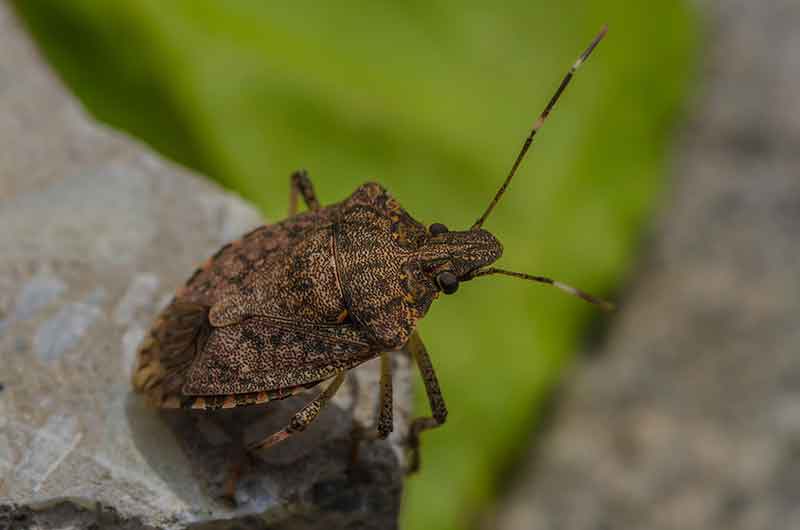
Cultural Controls for Squash Bugs
Smart gardening practices can reduce the number of pests, including squash bugs, and help keep your plants healthy. Cultural practices such as regular inspections and good garden sanitation are very important in fighting squash bugs.
Squash bugs like to congregate under objects, such as boards and tarps, during the active season. You can set these objects in the garden near cucurbit crops, and then destroy the squash bugs that hide under them. Also check plants regularly for eggs and destroy any egg masses you find on the plants.
Mulching around cucurbits during the growing season is counterproductive as it gives the squash bugs a place to hide. Mulches can also give adult squash bugs a place to overwinter.
Keep your gardens clean of all old cucurbit vines and crop or leaf debris. With winter hiding places removed, squash bugs rarely survive the cold, so it cuts down on cucurbit invasions the next season. Tilling the soil well after harvest also goes a long way toward eliminating these pests.2
Effective Squash Bug Control Products
One of the best ways to control squash bugs and keep your cucurbits healthy is to use an effective control product proven to fight difficult squash bugs. Sevin Insect Killer Concentrate and Sevin Insect Killer Ready To Spray kill squash bugs and more than 500 other insect pests, including stink bugs, by contact. With these products, you can treat squash, pumpkins, cucumbers and melons right up to one full day before your harvest and protect against squash bugs for up to three months.
Squash family plants rely on insect pollination to form their fruit, so avoid treating open blooms. Treat squash plants in the evening to avoid contact with beneficial pollinators, such as squash bees, that visit plants early in the day.
Hose-end spraying with Sevin Insect Killer Ready To Spray is ideal for early in the season, before plants flower. With Sevin Insect Killer Concentrate, used with an adjustable pump sprayer, you can easily control the coverage area of your treatment spray to get the precision application you desire once flowering starts.
Easy-to-use Sevin insect Killer Ready To Use2 kills more than 700 listed insect pests, inlcuding squahs bugs, on contact — without harming plants or blooms.
If you prefer pesticide dusts, turn to Sevin Insect Killer Dust Ready To Use to start killing squash bugs immediately upon contact and protect edibles from damage; just allow at least three days between dusting and harvesting cucurbit crops.
Squash bugs pose a problem for many vegetable gardeners, but GardenTech and Sevin brand garden insecticides are here to help. By following these recommendations, you can minimize squash bugs and their damage and enjoy more of the goodness and nutrition your homegrown produce can offer.
Always read product labels thoroughly and follow instructions, including guidelines for listed plants and pests, application frequency and pre-harvest intervals (PHI) for edible crops.
Sevin is a registered trademark of Tessenderlo Kerley, Inc.
GardenTech is a registered trademark of Gulfstream Home and Garden, Inc.
Sources:
1. J. Capinera, "Squash Bug," University of Florida Entomology & Nematology, February 2014.
2. W. Cranshaw, "Squash Bug: Management in Home Gardens," Colorado State University Extension, January 2013.
Get Monthly Gardening Advice!

